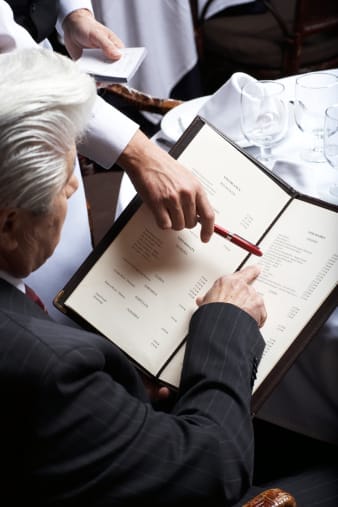Lately, the restaurant industry buzz is all about price increases in the wake of rising commodity and fuel costs. Operators are determined to cover their costs, and want stakeholders to know that profit is the goal—in addition, of course, to guest service.
I understand the need to achieve financial goals and stave off downward-turning profit. And it’s true that a price change will have the most direct bottom-line impact of any marketing or finance decision a company can make. But there are some instances in which a price reduction may be warranted.
I recently conducted a pricing review with a client concerned about the pinch of current economic pressures, as well as consumer behavior and perceptions. And, of course, this company is facing pressure to achieve its operating goals. Luckily, we were armed with a variety of data to consider in pricing decisions, including information on how its guests view the value factor for this concept.
As we went about our review, we evaluated factors such as consumer value scores, competitive pricing data, portion size, product mix and food/labor costs. As we pored over data, pricing decisions were not just categorized as “increase” or “keep flat;” they also included that rarely-used option: “decrease.”
So what drove this? Several factors, all of which are important to consider as you review your menu:
Does your menu offer enough entry-level prices?
If not, consider modifying the menu to attract and retain guests who recognize that there is a variety of price options, thereby reducing sticker shock.
Do competitors offer comparable items at lower prices?
If competitor items or brands are perceived as better, bigger or offering higher value in some way, some items may warrant a decrease.
Is your menu too simple?
I’m all for line-pricing, but it’s possible to take the concept too far, especially if the menu mix for items within a category shows clear differences in popularity. Some price variety can convey guest options and trade-up opportunities.
Is guest value perception counterintuitive relative to product cost?
If so, don’t let cost-plus pricing drive illogical price points from the guest point of view. It might make sense to lower the price of a higher-priced/higher cost item and increase the price of a lower-priced/lower cost item based on the fact that the latter seems to be worth more to your guests.
Certainly, lowering all or even most prices is not advisable. But a menu that makes sense to guests is important. If your guests see pricing as logical, this will reinforce the value proposition your brand offers.
























